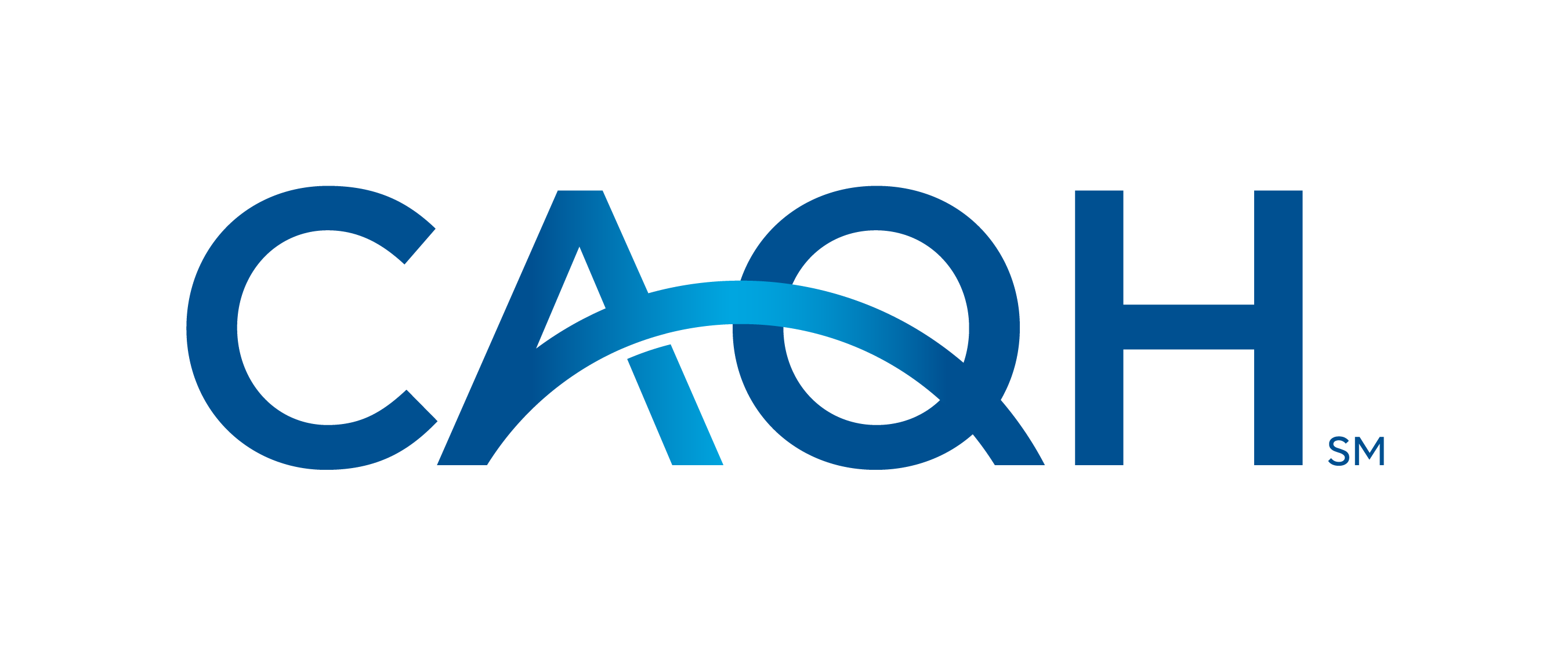Publication
Article
Evidence-Based Oncology
From the Editor in Chief: So Far, So Fast, and Yet So Far to Go
Author(s):
In 1990, I began my residency in internal medicine with an eye toward becoming a hematologist. From time to time, I recall how much of what I knew about cancer with such certainty back then proved to be wrong. From
Alvarnas

the vantage point of 2023, the care of oncology patients has evolved in ways that would have been unimaginable 3 decades ago. Both the technologies and the mindset of how we care for patients have evolved in unexpected, extraordinary ways. Given the profundity of these 3 decades of change, it is worthwhile to consider what it took to come so far in a generation, so that we can get a sense of how cancer care may continue to evolve.
It would be easy to caricature the early 1990s as the time of hair metal bands. But these were the years when Germany underwent reunification after the Berlin Wall fell, when NASA launched the Hubble Space Telescope, and when Nelson Mandela was released from prison. These were the years when the research investments that started with President Richard M. Nixon’s “war on cancer” began to bear fruit. There was a growing base of scientific data that validated the role of nonrandom chromosomal changes in cancer development and identified a growing set of oncogenes. Advances in supportive care and bone marrow transplantation made greater dose intensity of chemotherapy possible, and there was a rapid evolution in increasingly effective combination chemotherapy regimens for more cancer types.
Yet, despite these achievements along the way, we have learned tough lessons about more not being better. The combination CHOP (cyclophosphamide, doxorubicin hydrochloride [hydroxydaunorubicin], vincristine sulfate [Oncovin], and prednisone) proved to be as effective as other, more intensive therapeutic regimens for non-Hodgkin lymphoma. The highest levels of dose intensity possible (achieved through bone marrow transplantation) were not more effective for women with metastatic breast cancer than less intensive approaches. The time of the “bigger hammer” paradigm for oncology therapeutics passed.
Instead, we learned to think differently about the challenges posed by cancer. In part, this was driven by increasing diagnostic and prognostic precision made possible by flow cytometry, cytogenetics, and genomic testing. For a hematologist, one of the most striking examples of these ways of thinking is evidenced by the rapid evolution in lymphoma diagnosis that took us through 5 different, iterative classification systems and increased the number of identified lymphomas from 10 to 67.
With the discovery of imatinib, (the first of many targeted therapies), the future took shape. Soon, advances in immunologically based treatments, including monoclonal antibodies and checkpoint inhibitors, marked the end of an era in which the classic triad of cancer treatment modalities (surgery, radiation therapy, chemotherapy) would form the primary basis for new cancer treatments.
Investigators and the FDA also collaborated to create new accelerated models for therapeutic approval. Unlike the 1980s and early 1990s—when relatively few new anticancer drugs were approved—in the 5 years between 2016 and 2021, the FDA approved 207 new anticancer therapeutics based on the accelerated approval process. Between 1990 and 2022, cancer mortality rates fell 31%, and 5-year overall survival rates rose nearly 70%.
Going back to the original question of how we got here and what that portends for the future of oncology, there are 3 overarching lessons. First, to move forward we must learn to walk away from our own most compelling mythologies. Second, we must keep finding new ways to look at the problem differently. Third, we must learn to fail quickly and fail forward.
For all our advances, there is so much left to do. Cancer survival disparities persist based upon race, ethnicity, poverty, and geography. The cost of care is escalating at an unsustainable rate. The extraordinary clinicians who deliver lifesaving cancer care find themselves caught in systems that neglect their insights, and they are compelled to work in less sustainable and fulfilling ways. As you read this issue of Evidence-Based Oncology™, these questions and others will frame how we approach the future of oncology, challenging us to move forward in smarter, better, more sustainable, and effective ways. Once again, we are beginning the path forward. Come join us on this extraordinary journey.






